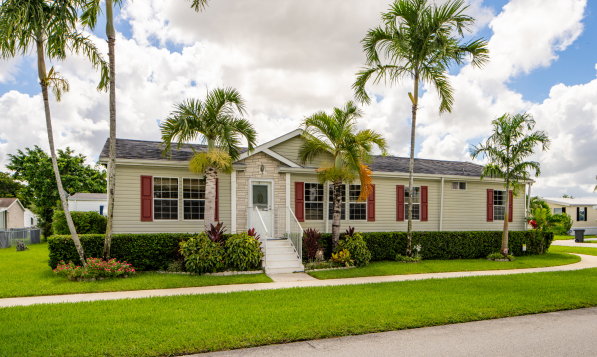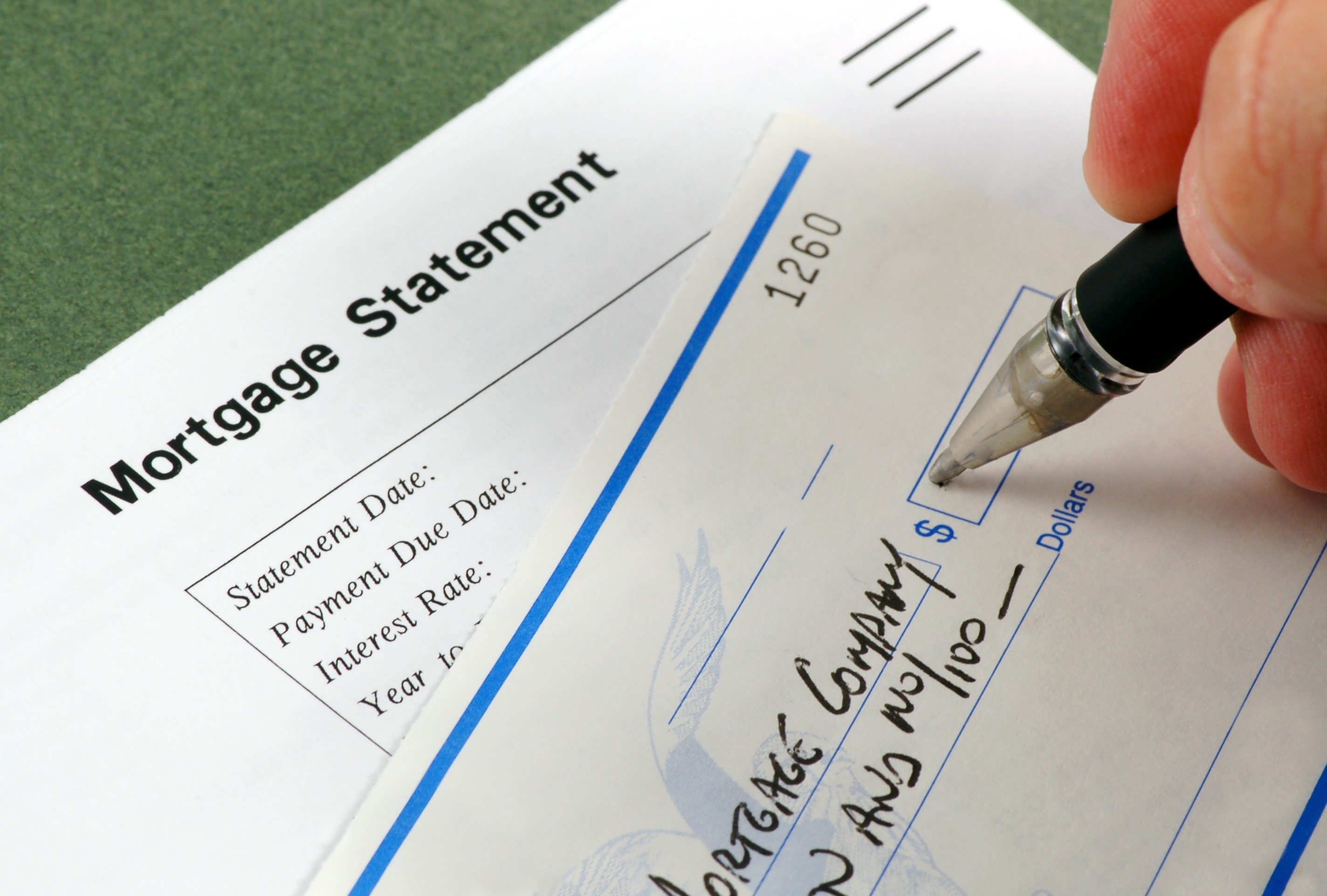Manufactured vs. Modular Homes
When it comes to residential construction, there is a wide range of housing options to suit different needs and preferences. Among these...

PMI will not cover the lender’s loss in full, but it does help mitigate it, which allows them to continue lending money. Say the mortgage insurance policy offers 25% coverage. If a home forecloses, mortgage insurance will cover 25% of the remaining principal. So, if the remaining balance on the loan is $100,000, the lender is only losing 75% of that ($75,000). Saving even a quarter of the cost allows the lender to continue to lend with confidence, which is necessary for a healthy housing market.
Understanding PMI’s role within the larger housing market does not reduce the individual burden it places on any homeowner. PMI is still a lost cost that most borrowers do not appreciate. Paying insurance, however, does tend to work out better than renting. If you do not have a 20% down payment to put towards a house, you can still acquire that house with a lower down payment and a little money toward PMI. This will be a fraction of what you would pay toward rent and allows you to invest in an asset, not just a place to live. The rules around when PMI is required are firm, but there is some flexibility in how and when you pay.
This is usually what people are talking about when discussing “PMI.” It is the monthly cost of mortgage insurance added to your monthly mortgage payment. The payment may start high, but it gradually dissolves as you pay toward the principal. As regulated by the ConsumerFederal Protection Bureau (CFPB), you can request its removal once you have 20% equity in your home. Lenders are not required to permit that request but rarely put up a fight if you have a good payment history. At 22% equity, BPMI falls off immediately and automatically.
Keep in mind that the dates for when BPMI decreases or goes away are based on the amortization schedule at the time you close on your loan. Therefore, it may not register that you have the required equity as soon as you have it, especially if you are paying more than what is required each month. You should keep up with your home value (link) and current principal so you can request PMI be removed as soon as you are eligible.
This is the unique advantage that BPMI offers over other types: flexibility. If you are making extra principal payments on a loan, you may be able to request removal before the bank would think to give it. Also, if your home appreciates significantly or you make a significant principal payment, you can refinance to try and get rid of PMI. If you refinance and still are under 20% equity, you will get a new policy that should be cheaper since you are closer to 20%. With monthly PMI, you won’t ever pay more than you have to (more on that in the next section).
Single-premium mortgage insurance is a single charge, paid up-front, covering the insurance for the life of the loan. If you do not have the money for the single payment at closing, you may be able to finance the cost of the loan. The main drawback is that you will pay interest on the premium for as long as you have the loan. The money added to your principal and interest payment, however, may be well below what a monthly BPMI payment would be. A more important consideration may be how long you plan on remaining with that loan.
There is no canceling SPMI after achieving a certain equity. Once SPMI is paid, it is paid. If you end up refinancing or moving within a year or two, you may end up paying significantly more than if you took a monthly payment option. Also, depending on the equity you have at the time of refinance or new home purchase, you may have to pay PMI all over again.
In this option, the lender technically pays the mortgage insurance for you. In return, you can usually expect the lender to adjust your interest rate a little higher. The main drawback to this option is that you cannot cancel PMI because it is built into the loan. The higher interest rate may still offer a lower total monthly payment than if you were paying monthly mortgage insurance, which allows space to borrow more.
Split-premium mortgage insurance is a hybrid of BPMI and SPMI. You will pay some of the mortgage insurance up-front in a lump sum and the rest as part of your monthly payment. This way you do not have to come up with as much money up-front as you would with SPMI, and you do not have to watch your monthly payment increase as much as you would with BPMI. The split-premium option is less common than the others but can be the perfect option for people trying to qualify with a high debt-to-income ratio. In such cases, a high BPMI can render them ineligible for a loan, but they would be eligible with an SPMI.
There is one other type of mortgage insurance reserved for FHA loans. FHA loans are federally insured. So, rather than paying private companies, mortgage insurance on these loans goes into a large pot used to insure all FHA loans. Borrowers will pay an up-front premium as well as a monthly premium. The tenure of monthly payments depends on the down payment. If the down payment is 10% or more, the borrower will pay a monthly premium for at least 11 years. If the down payment is less than 10%, the borrower will pay a monthly premium for the life of the loan.
Bigger picture, mortgage insurance allows mortgage lenders – major players in the country’s overall economy – to continue lending money. There are a handful of mortgage insurance providers, whose terms and rates may – and often do – vary. So, always be sure to have your lender shop around for you as lenders can sometimes get better rates than borrowers. AtCapCenter, this is something we do for every client to ensure that we are getting the best deal possible for each and every client. If you are curious about how much private mortgage insurance might cost you, you can utilize our Home Purchase Calculator to get an estimate.

When it comes to residential construction, there is a wide range of housing options to suit different needs and preferences. Among these...

As a first-time home buyer, there can be so many new concepts, options, and terms flying around, it can sometimes feel a bit overwhelming. And...

As a first-time home buyer, there can be so many new concepts, options, and terms flying around, it can sometimes feel a bit overwhelming. And...

4 min read
If you are buying a home with a down payment of less than 20%, you can count on paying something toward mortgage insurance (often referred to as...

3 min read
Mortgage payments can vary from time to time. Sometimes it’s just a few dollars, but sometimes it’s a few digits. It may not seem like it at the...

3 min read
When shopping mortgage quotes, principal and interest are likely where you’ll find the biggest difference(s). But your mortgage payment consists...